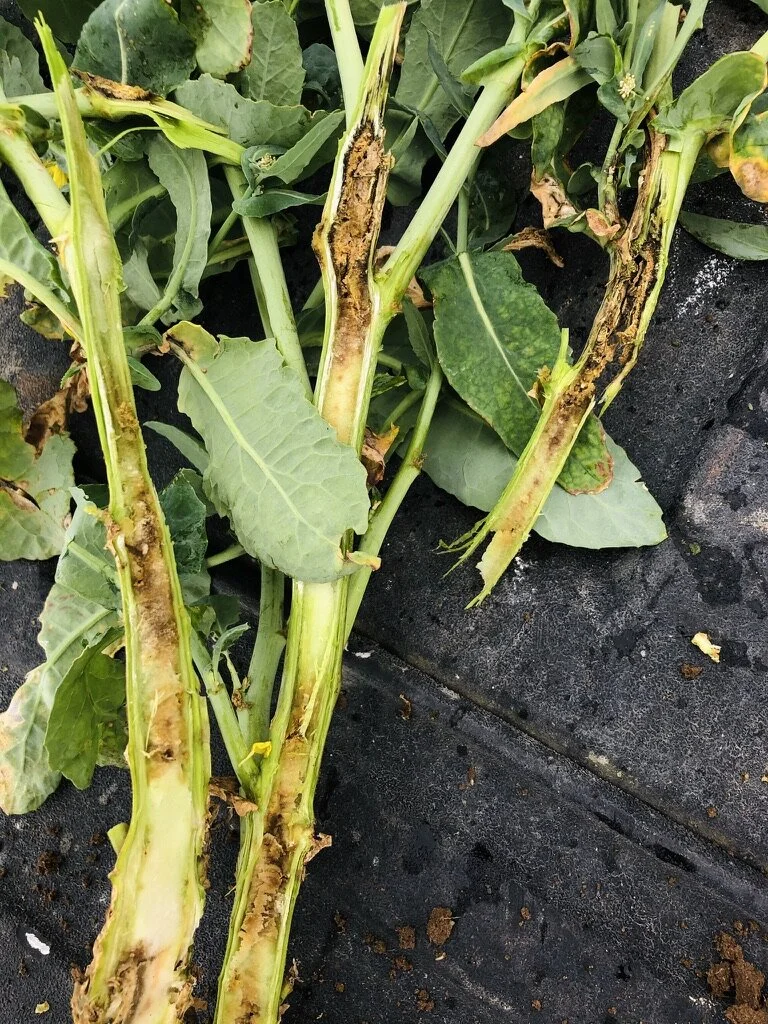WTFIH @ Thriplow Farms, June 2020
I never wrote one of these articles in May - I suppose there must have been something else going on that distracted me. It has been a really busy time on the farm, with the weather just about holding up as we would like it. The wheat crops are now looking really good, and even those that had looked thin and uneven all year have picked up, and are also looking highly respectable. We have applied all of their fertiliser, and the first batch of all-important fungicide. The second, and most critical, protectant fungicide will be going on imminently, in around the middle of May. It is about now that any grass weeds lurking in the bottom of the crop starts to grow above the wheat, and so we send in groups of roguers to pull these out by hand where the populations aren’t too high. If there are any really bad bits, then we just kill off the whole lot - crop included - to try and prevent the problem getting out of hand in the future.
Our oilseed rape is a slight unknown now. It looks a lot better than much of the other rapeseed crops in the county, but there will be no yield records broken this year. Often a bigger crop will mean a bigger yield, and the majority of our fields this year around only around a meter tall, when really one and a half meters would be better. The main cause of this stunting is easy to pinpoint: flea beetle larvae. Almost any plant you choose will have a serious infestation in its stem - in fact it is quite incredible that the plants are able to survive at all, as often the stem is black all the way through. Say what you want about this crop, but its resilience to problems is remarkably high.
Winter beans are quite short, but absolutely packed with flowers. This is probably a good sign, as unlike with the rapeseed, a tall crop is definitely no sure sign of a good crop. Several years ago we had a field at Foxton which produced plants up to seven feet tall - but the yield at harvest was average at best. Compare this to 2019 when the beans were not much taller than four feet, but produced a record yield.
The spring crops - peas and oats - are looking acceptable, particularly the two fields of oats that we managed to drill in the first half of March. The peas came under attack from weevils for the first few weeks of their life, but as they were growing fast we decided not to treat them with an insecticide. Unfortunately we almost certainly will have to use one later, as Pea Moth is a serious problem every year.
Finally, a word on the weather. The winter was wet, and the spring started off very dry. Luckily, we managed to pick up two nice bits of rain in April, which is the main reason the farm looks so good now. But this is light land, and we need some more rain before harvest. If nothing comes before the last week of May (and there is no good news on the weather forecast) then we will start to get into trouble. It is always frustrating to get so close to harvest and fall at the final hurdle, so let’s just hope that isn’t the case in 2020.
Cabbage Stem Flea Beetle larvae infestation in an oilseed rape plant. This particular plant had still managed to branch out and complete flowering, even with such a high level of internal damage

